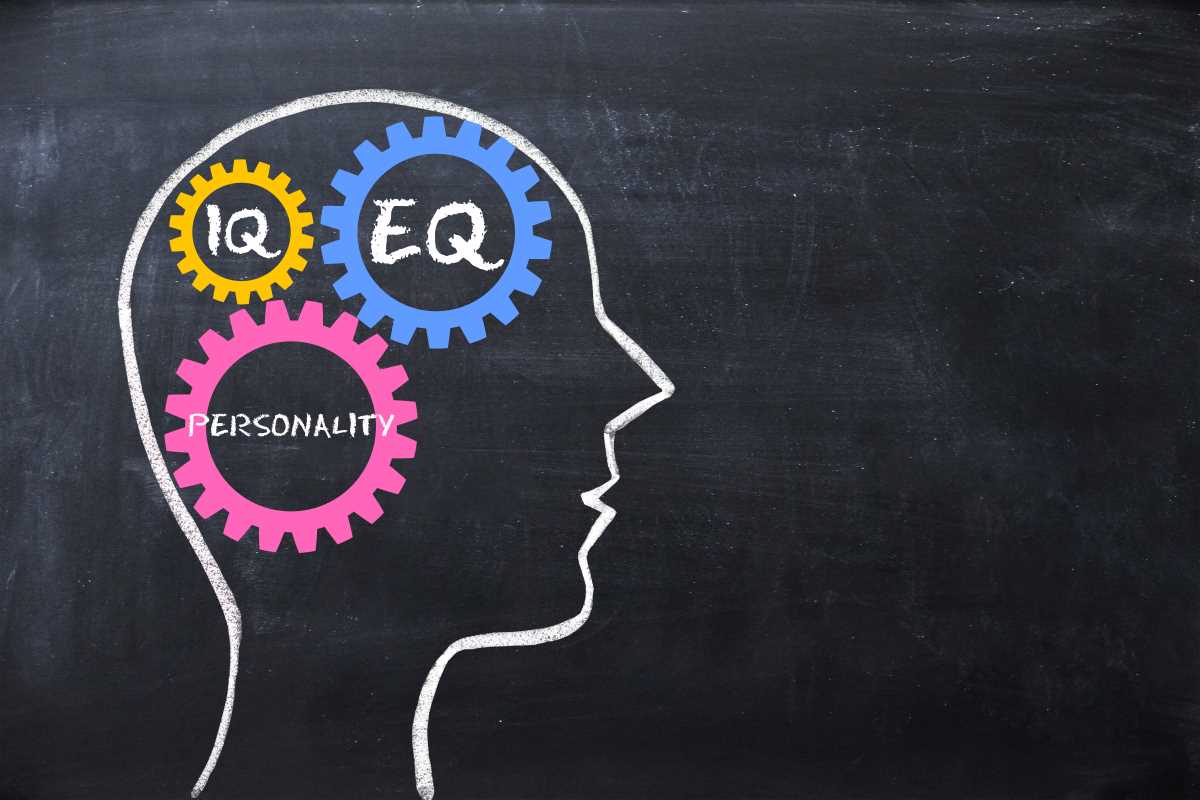Feeling appreciated at work is a powerful motivator. It lets your team know their hard work is valued and makes a real impact. In a remote or hybrid work environment, showing that appreciation can feel a bit tricky. You can’t just stop by someone’s desk to say “great job.” This is where digital tools come in. They provide new and exciting ways to celebrate your top performers, no matter where they are. Using technology to recognize and reward your team can boost morale, increase engagement, and create a positive company culture. We’ve got you covered with a guide to help you leverage these tools to make your team feel seen and celebrated.
Why Digital Recognition Matters
Employee recognition has always been a cornerstone of good management. It validates employees' efforts and reinforces positive behaviors. In a digital-first workplace, its importance is magnified. Without the daily, in-person interactions of an office, employees can feel disconnected or invisible. Digital recognition helps bridge that gap, making appreciation a visible and integral part of your company culture.
A well-designed recognition program can lead to significant business benefits. It is directly linked to higher employee engagement, which in turn leads to increased productivity and lower turnover rates. When employees feel valued, they are more motivated to go the extra mile. A public celebration of success also clarifies what kind of performance is valued, setting a clear standard for the rest of the team.
Tools for Public Praise and Shout-Outs
Public recognition is a powerful way to celebrate achievements. It not only rewards the individual but also inspires others. Several digital tools are designed to make public praise easy and visible.
Company-Wide Communication Channels
One of the simplest ways to give a shout-out is through your team’s primary communication platform, such as Slack or Microsoft Teams. You can create a dedicated channel, perhaps named #kudos, #wins, or #shoutouts, where anyone can post a message to celebrate a colleague's success.
To make these shout-outs more impactful, be specific. Instead of just saying, “Great job, Sarah!” try something more detailed. An example could be, "A huge shout-out to Sarah for her incredible work on the Q3 report. She found a critical data error and worked late to fix it, ensuring our presentation was accurate and polished. Thank you for your amazing attention to detail!" This level of detail shows you are genuinely paying attention and highlights the specific behaviors you want to encourage.
Integrated Recognition Platforms
For a more structured approach, you can use dedicated recognition platforms that integrate directly with your communication tools. Apps like Bonusly, Kudos, and Nectar allow team members to give each other small, frequent bonuses or points that can be redeemed for rewards.
These platforms often have a social feed where all the recognition is visible to the entire company. This creates a constant stream of positive reinforcement. It also empowers peer-to-peer recognition, which can be just as meaningful as praise from a manager. Team members are often in the best position to see the great work their colleagues are doing day-to-day.
Tools for Tangible Rewards and Incentives
While praise is powerful, tangible rewards add another layer of appreciation. Digital tools have made it easier than ever to send meaningful rewards that your top performers will genuinely appreciate.
Digital Gift Cards and Experiences
Platforms like Guusto, Giftbit, and Awardco allow you to send digital gift cards instantly to employees anywhere in the world. The great thing about these services is the element of choice. Instead of guessing what someone might like, you can send them a reward that lets them choose from hundreds of retailers, restaurants, or online services.
You can also reward employees with experiences. Companies like Blueboard specialize in offering experiential rewards, such as cooking classes, spa days, or weekend getaways. These memorable experiences can often have a more lasting impact than a cash bonus. Sending a reward for a job well done shows that you care about your employees' well-being and happiness outside of work.
Performance-Based Bonus Systems
For sales teams or other roles with clear performance metrics, digital tools can automate the process of tracking and rewarding success. Sales performance management software can be integrated with your CRM to automatically calculate commissions and bonuses as soon as targets are met.
This provides immediate gratification and creates a clear link between performance and reward. It eliminates any ambiguity about how bonuses are calculated and ensures the process is fair and transparent. This clarity can be a huge motivator for performance-driven individuals.
Using Data to Identify Top Performers
One of the challenges in a remote environment is having clear visibility into who is truly excelling. Digital tools can provide objective data to help you identify your top performers based on concrete metrics, not just on who is most visible in meetings.
Project Management and Productivity Tools
Project management software like Asana, Trello, or Jira provides a wealth of data on employee performance. You can track task completion rates, adherence to deadlines, and the complexity of the projects each team member is handling.
Looking at this data can help you spot the unsung heroes—the reliable team members who consistently deliver high-quality work on time but may not be the loudest voices in the room. This data-driven approach allows you to recognize contributions that might otherwise go unnoticed, ensuring your recognition efforts are fair and equitable.
Learning and Development Platforms
Top performers are often those who are committed to continuous learning and skill development. Learning Management Systems (LMS) can track which employees are actively engaging with training materials, completing courses, and acquiring new certifications.
Recognizing and rewarding this commitment to growth shows that you value professional development. You could offer to pay for an advanced certification for an employee who has completed all available training modules. This not only rewards their initiative but also invests in their future with the company, making it a win-win.
Best Practices for a Successful Digital Recognition Program
Choosing the right tools is only half the battle. You need a thoughtful strategy to make your recognition program a success.
- Be Timely and Specific: Give recognition as soon as possible after the achievement. Specific praise is always more meaningful than a generic compliment.
- Encourage Peer-to-Peer Recognition: Empower your entire team to celebrate each other. This builds a stronger, more supportive culture.
- Offer Choice in Rewards: One size does not fit all. Allow employees to choose rewards that are personally meaningful to them.
- Align with Company Values: Tie your recognition efforts back to your company’s core values. For example, you could give an award for "Excellence in Collaboration" or "Innovative Thinking."
- Ensure Fairness and Transparency: Use data to ensure you are recognizing all types of contributions and that the process is equitable.
Building a culture of appreciation is an ongoing effort, but it is one of the most valuable investments you can make in your team. By leveraging the right digital tools, you can create a vibrant, engaging, and supportive workplace where every top performer feels truly valued.
.jpg) (Image via
(Image via





